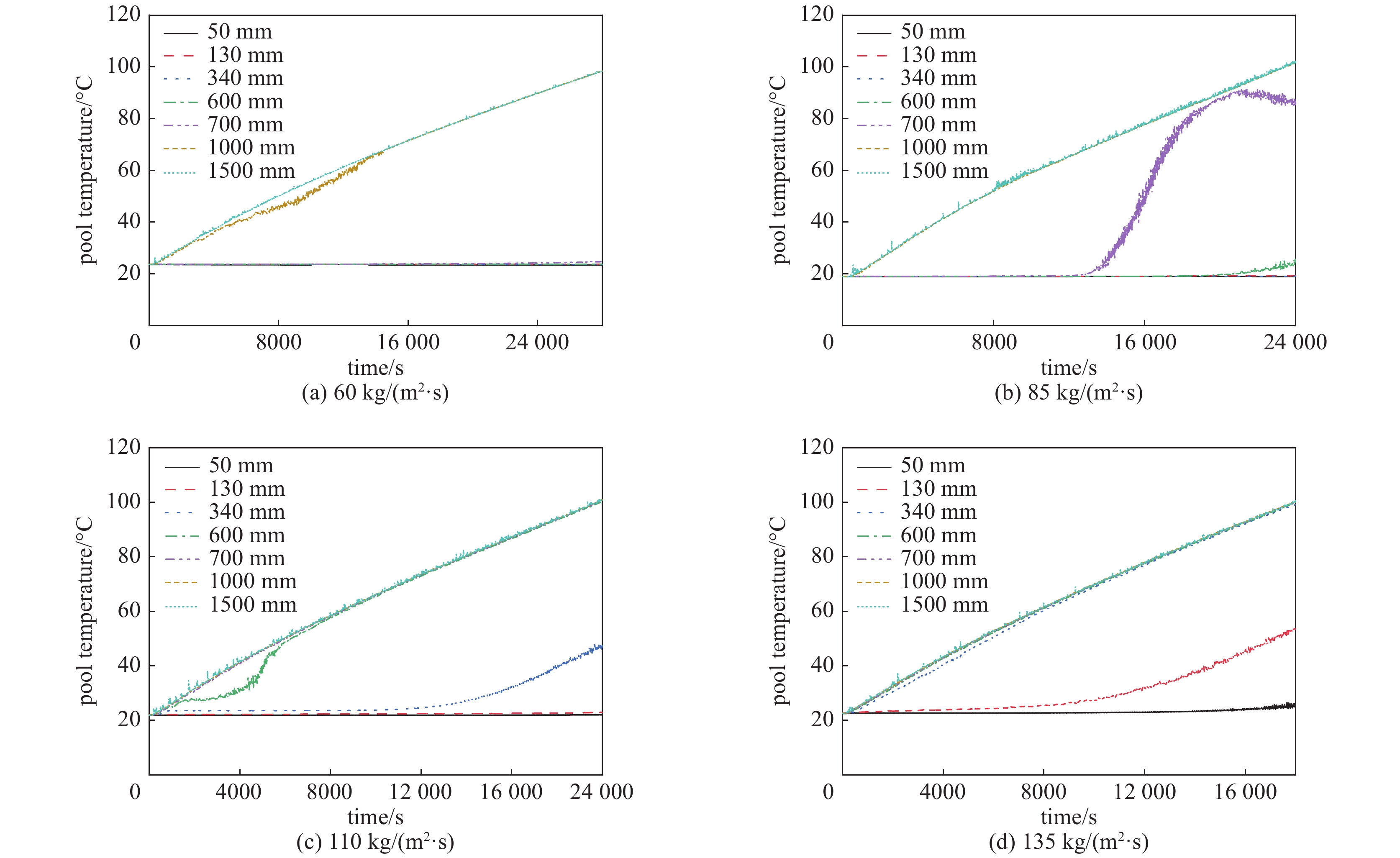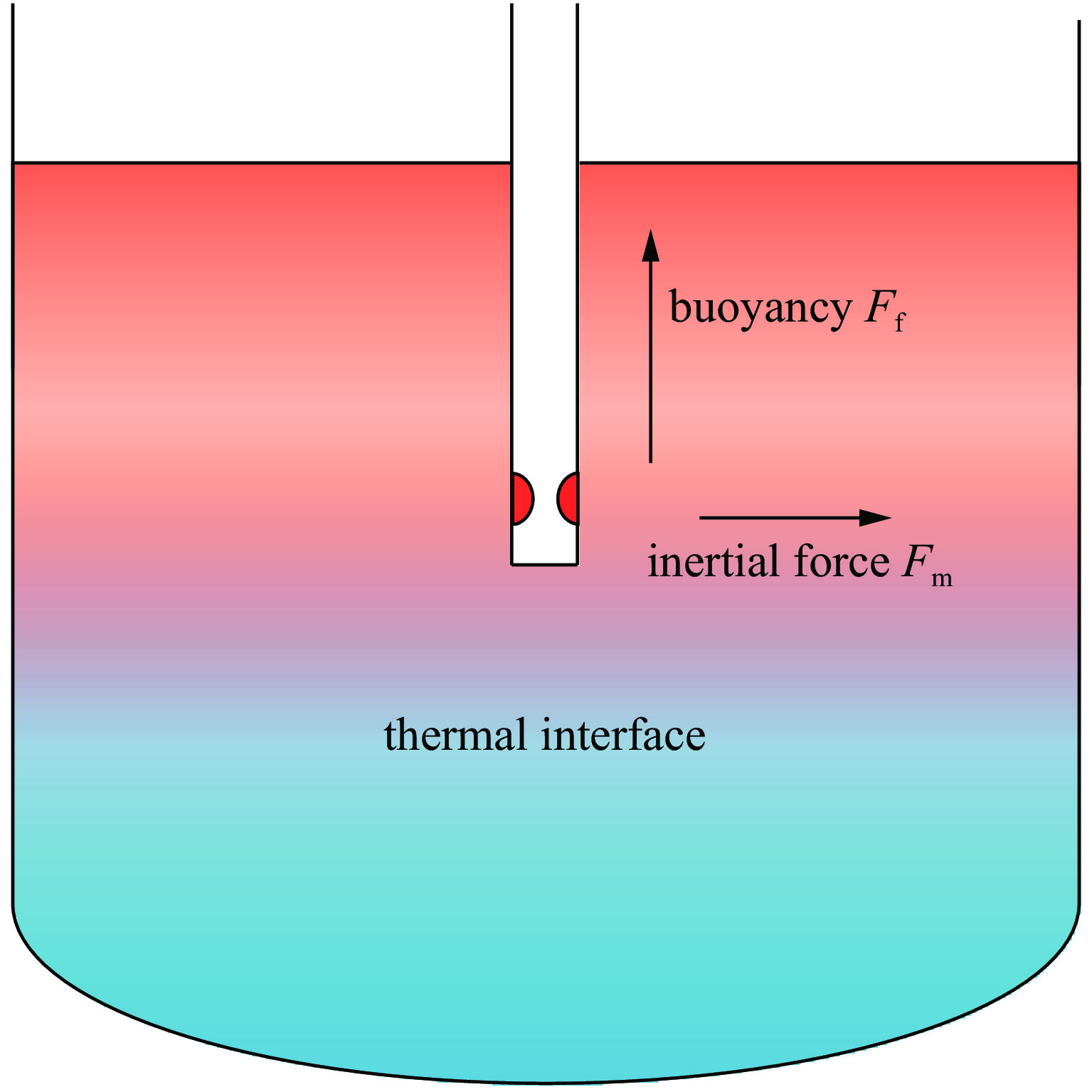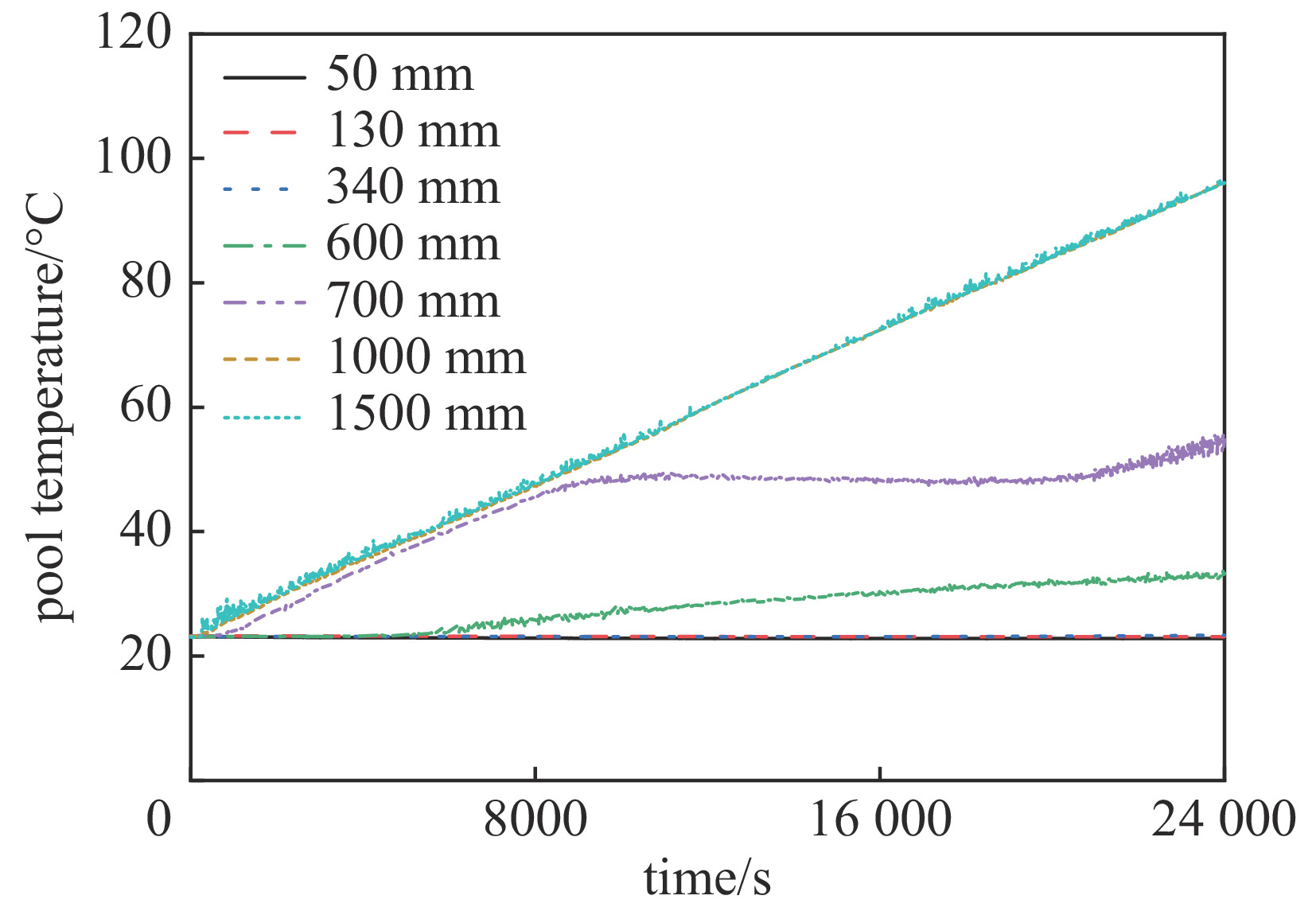| [1] |
刘友宏, 孙明月. 出口高度对非能动安全壳冷却系统影响[J]. 强激光与粒子束, 2015, 27:126002. (Liu Youhong, Sun Mingyue. Effects of outlet height on passive containment cooling system[J]. High Power Laser and Particle Beams, 2015, 27: 126002 doi: 10.11884/HPLPB201527.126002Liu Youhong, Sun Mingyue. Effects of outlet height on passive containment cooling system[J]. High Power Laser and Particle Beams, 2015, 27: 126002 doi: 10.11884/HPLPB201527.126002
|
| [2] |
戚雄飞, 侯丽强, 杜政瑀, 等. 单隔间内氢气流动分布特性数值模拟与实验验证[J]. 强激光与粒子束, 2020, 32:056002. (Qi Xiongfei, Hou Liqiang, Du Zhengyu, et al. Numerical simulation and experimental verification on distribution characteristics of hydrogen flow in single compartment[J]. High Power Laser and Particle Beams, 2020, 32: 056002Qi Xiongfei, Hou Liqiang, Du Zhengyu, et al. Numerical simulation and experimental verification on distribution characteristics of hydrogen flow in single compartment[J]. High Power Laser and Particle Beams, 2020, 32: 056002
|
| [3] |
蒋孝蔚, 邓坚, 余红星, 等. 小型压水堆安全壳抑压传热研究[J]. 核动力工程, 2018, 39(s1):66-69. (Jiang Xiaowei, Deng Jian, Yu Hongxing, et al. Research on containment pressure suppression and heat transfer of small PWR[J]. Nuclear Power Engineering, 2018, 39(s1): 66-69Jiang Xiaowei, Deng Jian, Yu Hongxing, et al. Research on containment pressure suppression and heat transfer of small PWR[J]. Nuclear Power Engineering, 2018, 39(s1): 66-69
|
| [4] |
Gamble R E, Nguyen T T, Shiralkar B S, et al. Pressure suppression pool mixing in passive advanced BWR plants[J]. Nuclear Engineering and Design, 2001, 204(1/3): 321-336.
|
| [5] |
Jo B, Erkan N, Okamoto K. Richardson number criteria for direct-contact-condensation-induced thermal stratification using visualization[J]. Progress in Nuclear Energy, 2020, 118: 103095. doi: 10.1016/j.pnucene.2019.103095
|
| [6] |
Cai Jiejin, Jo B, Erkan N, et al. Effect of non-condensable gas on thermal stratification and flow patterns in suppression pool[J]. Nuclear Engineering and Design, 2016, 300: 117-126. doi: 10.1016/j.nucengdes.2016.01.022
|
| [7] |
Song D, Erkan N, Jo B, et al. Dimensional analysis of thermal stratification in a suppression pool[J]. International Journal of Multiphase Flow, 2014, 66: 92-100. doi: 10.1016/j.ijmultiphaseflow.2014.07.003
|
| [8] |
Norman T L, Revankar S T. Jet-plume condensation of steam–air mixtures in subcooled water, Part 1: Experiments[J]. Nuclear Engineering and Design, 2010, 240(3): 524-532. doi: 10.1016/j.nucengdes.2009.09.019
|
| [9] |
Li Weichao, Wang Jianjun, Sun Zhongning, et al. Experimental investigation on thermal stratification induced by steam direct contact condensation with non-condensable gas[J]. Applied Thermal Engineering, 2019, 154: 628-636. doi: 10.1016/j.applthermaleng.2019.03.138
|
| [10] |
Solom M, Vierow Kirkland K. Experimental investigation of BWR Suppression Pool stratification during RCIC system operation[J]. Nuclear Engineering and Design, 2016, 310: 564-569. doi: 10.1016/j.nucengdes.2016.10.045
|
| [11] |
De Walsche C, de Cachard F. Experimental investigation of condensation and mixing during venting of a steam/non-condensable gas mixture into a pressure suppression pool[C]//Thermal Hydraulics: Presented at 8th International Conference on Nuclear Engineering. 2000.
|
| [12] |
Jo B, Erkan N, Takahashi S, et al. Thermal stratification in a scaled-down suppression pool of the Fukushima Daiichi nuclear power plants[J]. Nuclear Engineering and Design, 2016, 305: 39-50. doi: 10.1016/j.nucengdes.2016.05.017
|
| [13] |
Gallego-Marcos I, Kudinov P, Villanueva W, et al. Pool stratification and mixing induced by steam injection through spargers: analysis of the PPOOLEX and PANDA experiments[J]. Nuclear Engineering and Design, 2018, 337: 300-316. doi: 10.1016/j.nucengdes.2018.07.004
|





 下载:
下载:







